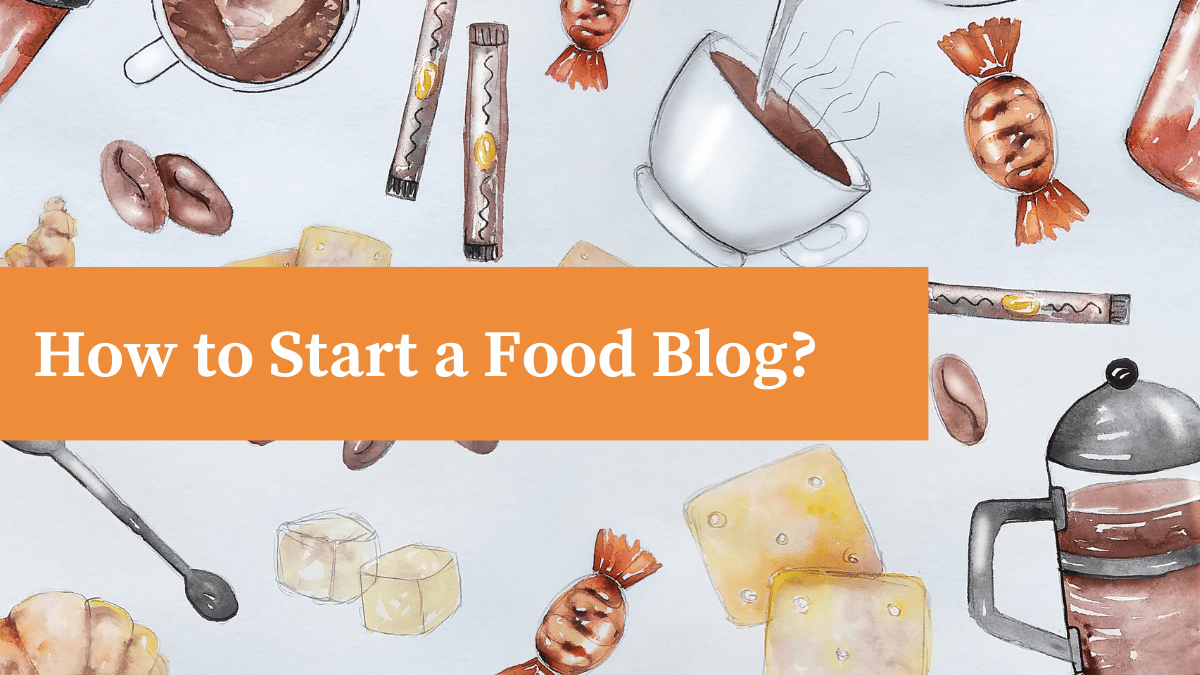0
How to Start a Food Blog?
Apr 09, 2023
Starting a successful food blog is hard work that requires finesse, passion, and consistency, whether you're a foodie looking for a creative outlet or a full-time writing job in the culinary industry. Follow these easy-to-follow steps to establish a food blog.
How Do Food Blogs Work?
A food blog is a web-based platform that features posts and content about food that is either operated by individual bloggers or a group of authors. Food bloggers write on a variety of subjects, such as innovative recipes, healthy eating advice, and restaurant reviews. You only need a trustworthy blogging platform, web hosting, a catchy name, and a few topics that interest you to launch your own food blog. You can choose ServerSea web hosting in Pakistan for starting your very own Food blog at an affordable price!
These are some of the most well-known categories of food blogs:
1. Geographically focused: A geographical-based food blog offers evaluations of eateries, information on various cuisine categories, and recipes for local specialties. A culinary blog located in New Orleans, for instance, might feature articles about the greatest cuisine there as well as recipes for regional delicacies like po'boy sandwiches, gumbo, jambalaya, and grilled oysters.
2. Recipe blogs: This kind of cooking blog offers recipes that the food blogger has created themselves. Ingredient lists, step-by-step directions for preparing particular recipes, and excellent original food images will be featured in the majority of these postings.
3. Cuisine-specific: A blog dedicated to a specific cuisine concentrates on dishes from that nation or region. For instance, a blog about Caribbean food might provide instructions for making jerk spice, callaloo, peas, rice, or even rum punch.
4. Healthy food guidance: A health food blog may offer nutritious recipes, recommendations for meal preparation, and nutritional advice, or it may concentrate on specific diets (like keto, gluten-free, paleo, or vegan). Readers of healthy food blogs may learn about healthy ingredients and nutrition from these websites.
Starting a Food Blog: Steps
This step-by-step tutorial can be used to launch a food blog by both seasoned and first-time bloggers:
1. Decide on a topic. Choose the food blog style that best suits your interests. Do you want to create your own recipes or review regional eateries on your blog? Choose a specific subject for your new blog next, such as soul food recipes, baked products, or healthy dining.
2. List potential blog names. A catchy name is the first step in creating a fantastic new food blog. After deciding on a catchy and engaging title that supports your business, choose a domain name that goes well with it. Create a list of alternative names in case you are unable to get your preferred domain handle.
3. Create a website. Choose one of the numerous reputable, user-friendly, and free blogging platforms to host your blog. Themes and layouts for a user interface are frequently offered for free in WordPress hosting plans. When you host your website on one of their platforms, some web hosting firms such as ServerSea Hosting give you a free domain name. Instead, spend money on fonts, premium themes, or plugins to improve design and functionality. Create an "about me" page for your website so that visitors may learn more about you.
4. Produce blog posts. It's time to start producing high-quality content once your website has been launched. Make new recipes, restaurant reviews, or ingredient research the focus of your blog. If you're creating original recipes, especially, enhance your postings with creative food photographs. To make it easier for new readers to locate your website, make sure to include highly searched keywords in your headlines and posts. Find out how to get clear photos of food and some useful advice.
5. Market your weblog. To reach your target audience, use share buttons, email marketing, and social media posts. A fantastic strategy to increase the number of people who see your material is by promoting your articles on different social media websites and mobile applications. Include social media sharing buttons in your posts so readers may forward them to their followers and friends. Create an email list to inform your subscribers.
6. Pay for your food blog. You can have options to get passive money from your food blog as your readership expands. Affiliate marketing, brand sponsorships, (in which bloggers utilize in-copy linking to promote a third-party retailer's products and gain a cut of sales), and website adverts are examples of common monetization alternatives.


0 Comments
Leave A Reply